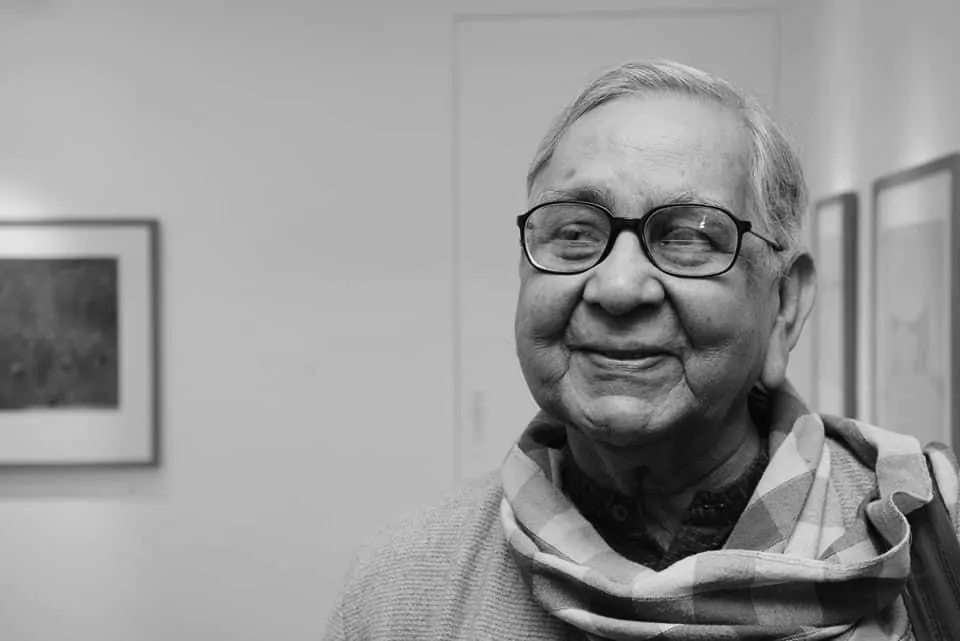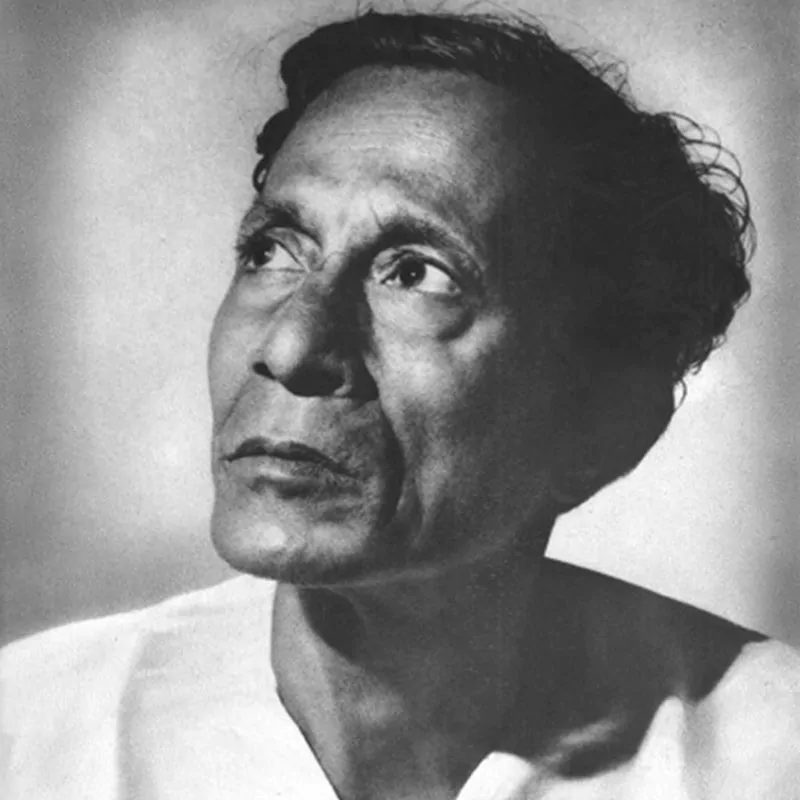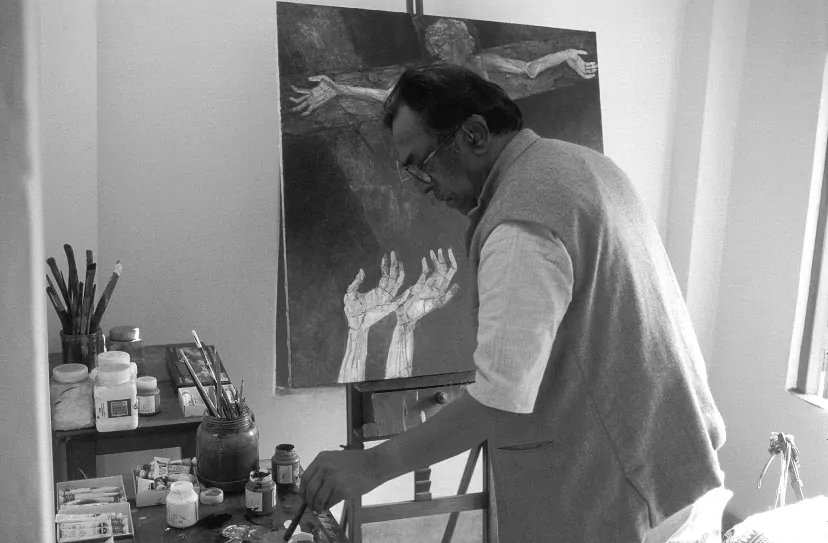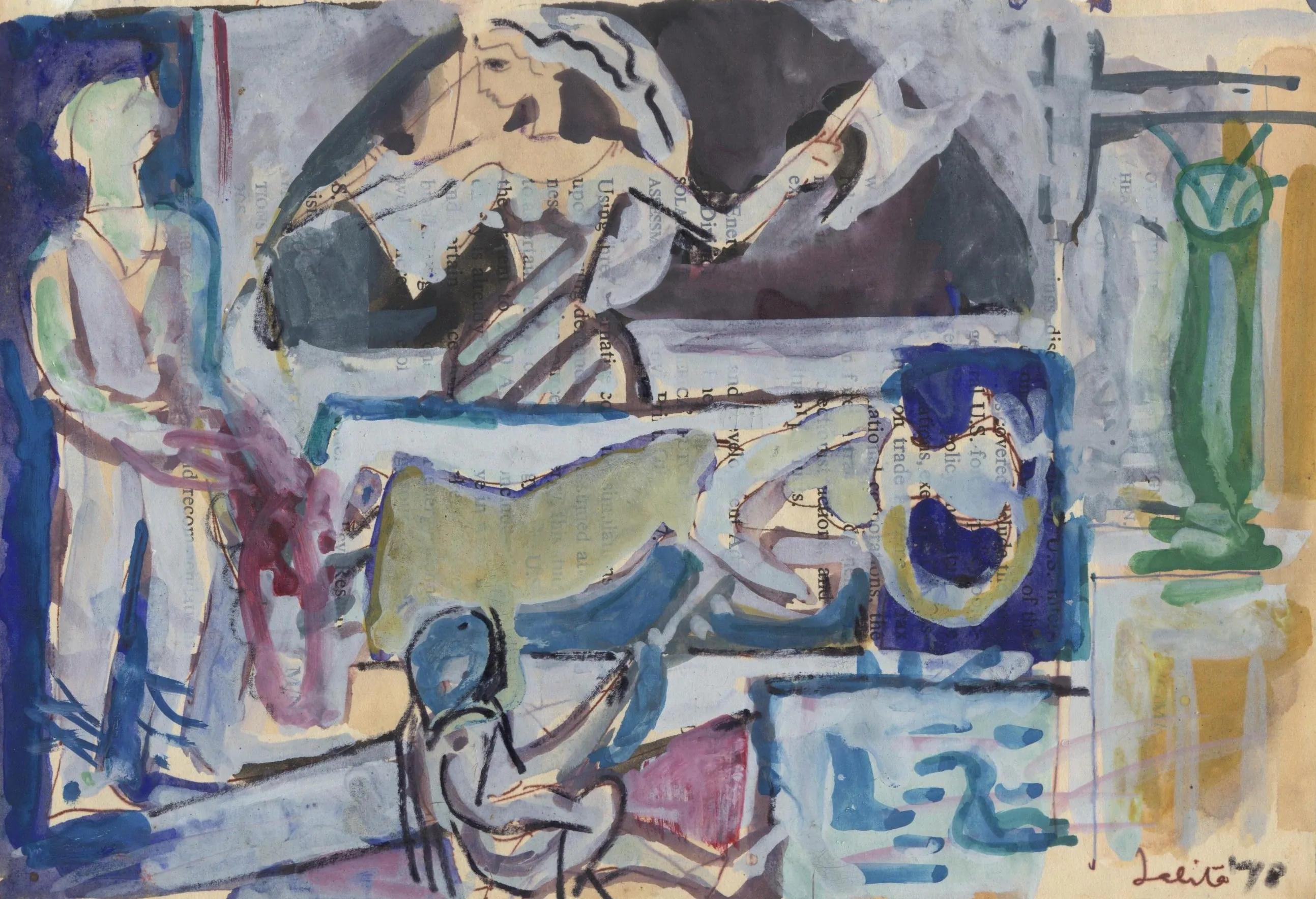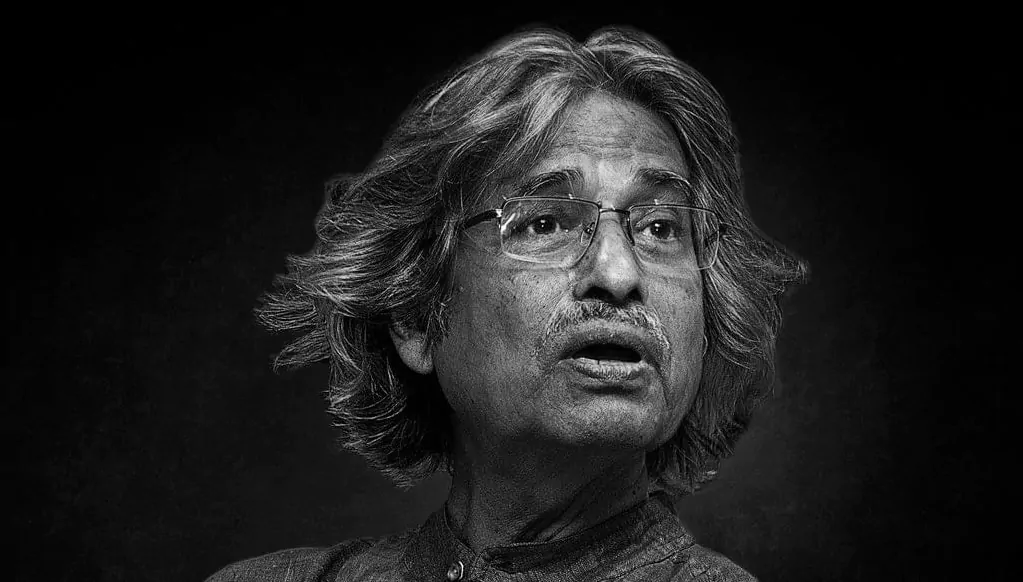The 40’s & India’s Move Towards Modernity.
The early 1940s aggressively mark a point of departure in the history of Indian art. In the early years of this decade, small groups of artists wrested the initiative away from institutional structures like the salons, art schools & from the picture of the artist as a visionary. Rabindranath & Abanindranath as artist-visionaries had inspired art as vocation linked to larger causes, a proposition that was gradually contested & debated. More importantly, Indian art lost its insularity in so far as artists sought an ‘international’ platform, no matter how diffuse its comprehension. Social & historical factors in the decade of the 40’s determined the critical shifts in the balance of power & patronage of art.
In Bengal, Abanindranath’s school had not only spread through its students to other centers but had run out of steam nearly 40 years after its inception. With the death of Rabindranath in 1941, Santiniketan lost its moving spirit. The death of Amrita Sher-Gil in 1941 also coincided with other incipient moves towards modernity. In 1941, the Young Turks in Bombay, in 1943 The Calcutta Group-which was path-breaking & paved new roads for modernism & gave the visual arts a new language, in 1947 The Delhi Silpi Chakra & in Bombay The Progressive Artists Group assumed bold new initiatives. These changes took place against the charged backdrop of the Second World War & were to convincingly challenge the formal, elitist nature of academic art in the institutes set up by the British in Calcutta, Bombay & Madras. There were other regional shifts of a cataclysmic nature that greatly influenced Indian art. The unrest of Nationalism against the backdrop of the Quit India Movement in 1942, the Bengal Famine in 1943 with a death toll of 1.3 million & a decline in agricultural production were serious setbacks. Again the Tebhaga movement & the partition of Bengal with its colossal influx of refugees seriously challenged Bengali economic supremacy. The influence of the Bengal School with its lofty romantic ideals was totally out of touch with the social & political condition of the time. The opening words from the Calcutta Group exhibition catalog from 1943 states-
” Man is supreme, there is none above him.”
The guiding motto of the group that – “Art should be international & inter-dependent” points out that the artists of the ’40s were trying to understand the spirit of their times & acknowledge the dictates of necessity.
The partition was to throw Bengal into disarray. In contrast, the flight of capital into Bombay with wealthy Indian refugees from Pakistan in 1947 altered the cultural patina of the city. Further, with independence, the city of Bombay became the Indian epicenter of the urgent thrust towards modernity & industrialization. The new pattern of patronage in this decade suggested that Bombay was to rapidly replace Calcutta & Santiniketan as the central locus of new Indian art.
Nevertheless, within the ’40s & early ’50s, art activity in Calcutta did not entirely wane. Another critically acclaimed artist of the time, Chittaprosad ranks as one of India’s powerful politically reactive artists. A member of the Communist Part’s publication wing, his first major engagement was to document the terrible depredations of the Bengal famine of 1943. Chittaprosad represented human suffering & oppression directly through his ink drawings & linocuts of the man-made disaster of the famine, which he recorded as an eye witness. Further, the proponents of Abanindranath’s style passed into the second & third generation of artists & gained a strong institutional base. Abanindranath’s immediate circle of students propagated his style far beyond Bengal. Asit Kumar Haldar carried his vision of romanticism to Lucknow, K. Venkatappa to Bangalore, Samarendranath Gupta to Lahore & Sarada Ukil to Delhi.
Whatever impetus these artists introduced into the regional traditions created only a brief syncretic commingling of artistic ideals. Artists of the school like Kalipada Ghoshal with his delicate brushwork & Prosanto Roy, who combined in himself the Aban-Gagan stylistic approach, continued to paint as virtually as the last well recognized proponents of the school. Surendranath Kar who had studied with both Abanindranath & Nandalal painted in a composite style. Radhacharan Bagchi was among the later successful proponents of Abanindranath’s style.
Further, orthodoxy & archaism in Bengal were balanced by western academism that was not particularly different from the style practiced by the Bombay school. In Calcutta, J.P.Gangooly with his evocative landscapes & formal portraits stood at the head of this stream, virtually challenging Abanindranath’s vision for inspired art practice. Ganguly’s natural inheritors in the academic style would include Hemen Mazumdar with his portraits of the elite & nudes in wet saris, perpetually poised in sculpturesque postures & in a later vintage, Satish Sinha also devoted much of his work to studies of women. Mukul Dey & Ramendranath Chakravorty both of who trained at Santiniketan but then gained a syncretic aesthetic in their travels abroad were printmakers of distinction. Another Bengali printmaker Haren Das specialized in woodcuts that evoked the rhythm of life in rural Bengal.
The legacy of the Bengal School proliferated & modified in art centers across India. Rabindranath Chakravorty who was instrumental in helping set up the Delhi Polytechnic in 1942 exhibited both in India & abroad. Mukul Dey had the distinction of being the first Indian principal of the Government College of Art & Craft in Calcutta; Satish Sinha officiated later in the same capacity. It is these artists who virtually bring to an end the engagement with an aesthetic formalism in Indian art.
In conclusion, the decade of the ’40s was one of both artistic efflorescence & closure. Just as the tendency to create an indigenous art flourished in the hands of its chief proponents, the impulse to seek links with world art became a well-articulated concern. The interest of the artist in traditions such as folk, or the more compelling, ordinary aspects of life also picked up momentum. As modern India moved into freedom & nationhood, the intense preoccupation with poetry & patriotic fervor reached its final apotheosis. Newer forms & concerns appeared & Indian art’s engagement with modernity assumed its own irreversible course.
Vinayak Pasricha.








